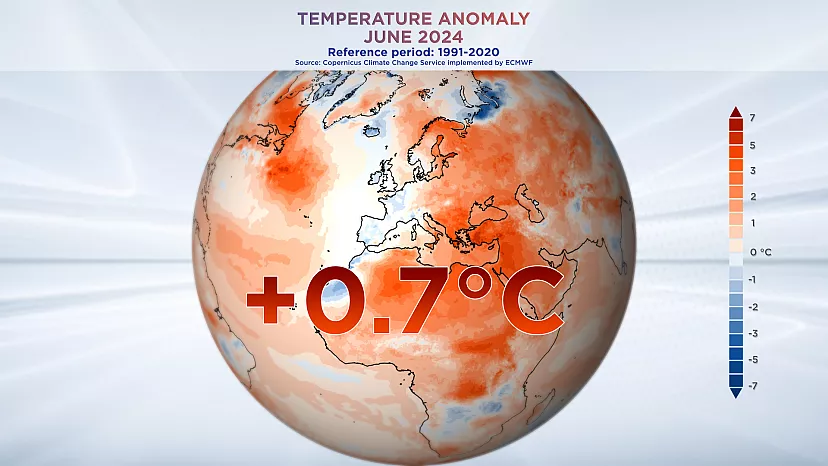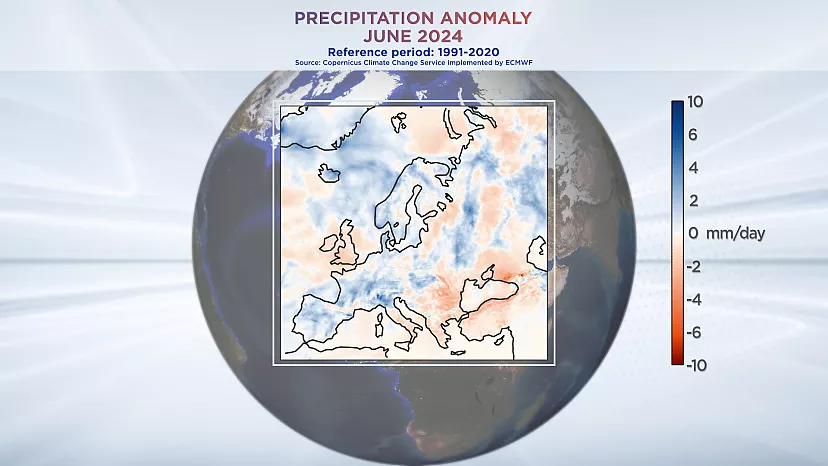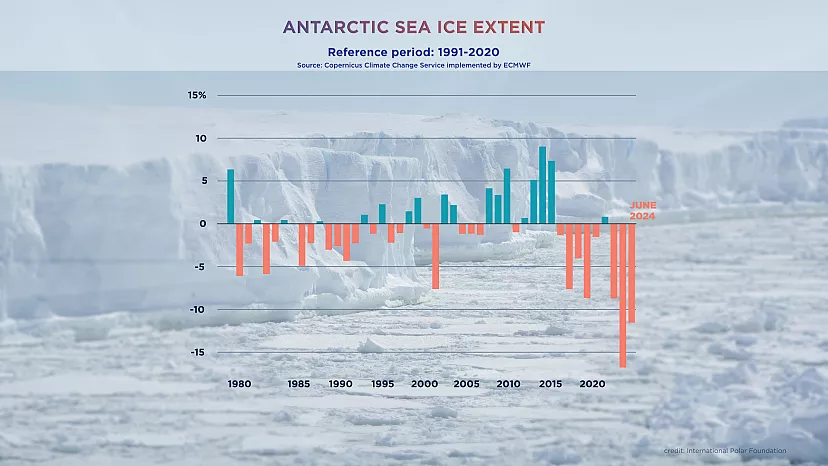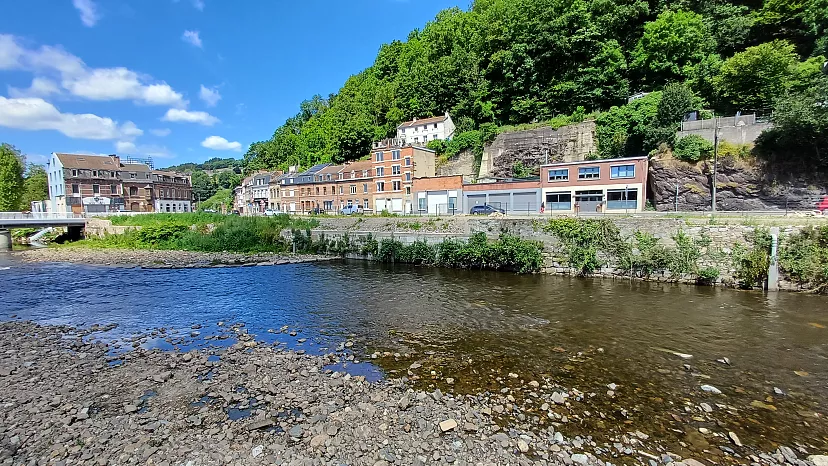Published on 1 August 2024
Belgium faces a future of warmer temperatures and more extreme events, according to climate projections. No stranger to flooding, it’s also grappling with an increased risk of drought. Climate Now reports from a region of Belgium that’s already felt some of the impacts.
Copyright euronews
This month, Climate Now is in Belgium’s Wallonia region, to hear how a climate adaptation plan seeks to reduce the risks and impacts associated with future flooding and drought threats.

It comes as the Copernicus Climate Change Service reveals that the planet as a whole just experienced its warmest June on record, with temperatures 0.7 degrees Celsius above the 1991-2020 average.
Türkiye faced heatwave conditions, Greece recorded its warmest June on record and Cyprus issued a red alert warning for heat.

In Western Europe the month was cooler, and many saw temperatures below average for the time of year.
Heavy rain led to flooding and landslides in Switzerland, southern Germany, parts of France and northern Italy.
Meanwhile, on the other side of the planet, Antarctic sea ice extent was 12 percent below average, its second lowest level on record for June.

Belgium’s double climate challenge
When Belgium was hit by floods in July 2021, following record rainfall, they were devastating and deadly. Pepinster, a village at the confluence of two rivers, was one of the areas submerged.

‘We thought about death’
The Brasseur family’s home in Pepinster, close to the Vesdre River, was engulfed. Fearing for their lives, they were forced to take sanctuary on a roof.
“The water was up to five or six metres at the end, in the street, which was incomprehensible. So, we were really scared. We even thought about death,” recalled Paul Brasseur, who still lives in Pepinster.
“There is a lot of climate change at the moment. And indeed, the floods are proof of that.”
The Brasseur family’s home, along with others, have since been demolished, leaving scars on the landscape where they once stood.
Master plan for Vesdre Valley
A post-flood, climate adaptation plan for the Vesdre Valley, including Pepinster, recommends reducing riverside buildings to help minimise future risks and damage.
The policy, commissioned by the Walloon Region and worked on by a consortium including the University of Liège, also suggests replacing pines in surrounding hills with leaf trees which absorb more water, as well as framing agricultural lands with green areas, which has a dual benefit.
“If you have more green areas along the fields, it will be good for droughts also because, basically, you modify the ground and you leave space for storing water along these edges and this water will progressively infiltrate the ground,” explained Prof. Jacques Teller, an urban planning expert from the University of Liège, who worked on the master plan.
‘We need to give nature space’
Further along the Vesdre Valley, in Eupen, also hit by the 2021 floods, nature-based solutions are being deployed to not only help rainwater seep away, but also for cooling.
Climate projections for Belgium to the year 2100 show temperatures could rise by up to 3.5 degrees celsius, with over 50 heatwave days per year.
Malmedyer Straße is getting a green make-over and a former riverside square is becoming a park, packed with trees, shrubs and flower meadows. But what difference will this kind of green space really make?
“The damage when flooding is lower,” said Prof. Jacques Teller, from the University of Liège. “And as regards with droughts, basically it’s retaining water where it is. And it contributes to lowering the temperature within cities, both surface and air temperature which is good for inhabitants.”
Mayor of Eupen, Claudia Niessen, added: “The past few years have confirmed to me how closely our security is linked to sustainable and forward-looking spatial planning. And that nature conservation is an important investment in security.”
“In the private sector and, also as public actors, we need to prepare for increasing crises related to extreme weather phenomena,” she continued. “That's why we need to redesign our cities today and we need to give nature space.”
‘We will have to do a lot of adaptation’
National security and resilience are key focuses for the Brussels-based Center for Risk Assessment of Climate Change (CERAC), which was set up in the wake of the 2021 floods.
It’s dedicated to providing independent risk assessments, evaluating Belgium’s exposure and vulnerability to climate and environmental hazards in the mid and long term. The idea is to provide policymakers with relevant information and recommendations.
“As we look now at the scenarios, even in the most optimistic scenario, we will have to do a lot of adaptation, which means to prepare for the climate change that will happen anyway,” highlighted Luc Bas, who heads up CERAC.
“And for that, we need to know what’s going to happen, where it’s going to happen. We need to be more sure what is the local context, what’s the geographic context of the calamities that are coming at us.”